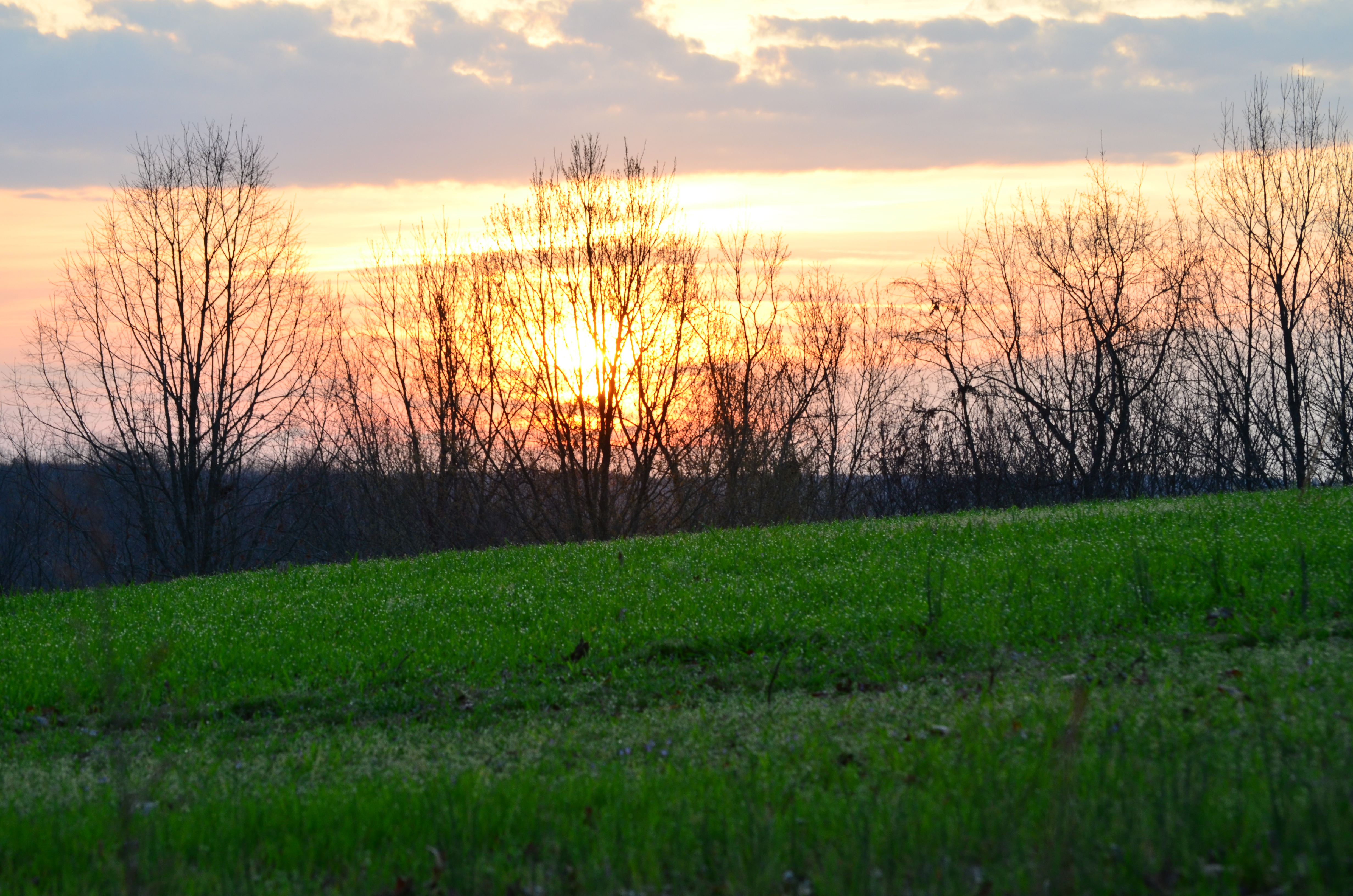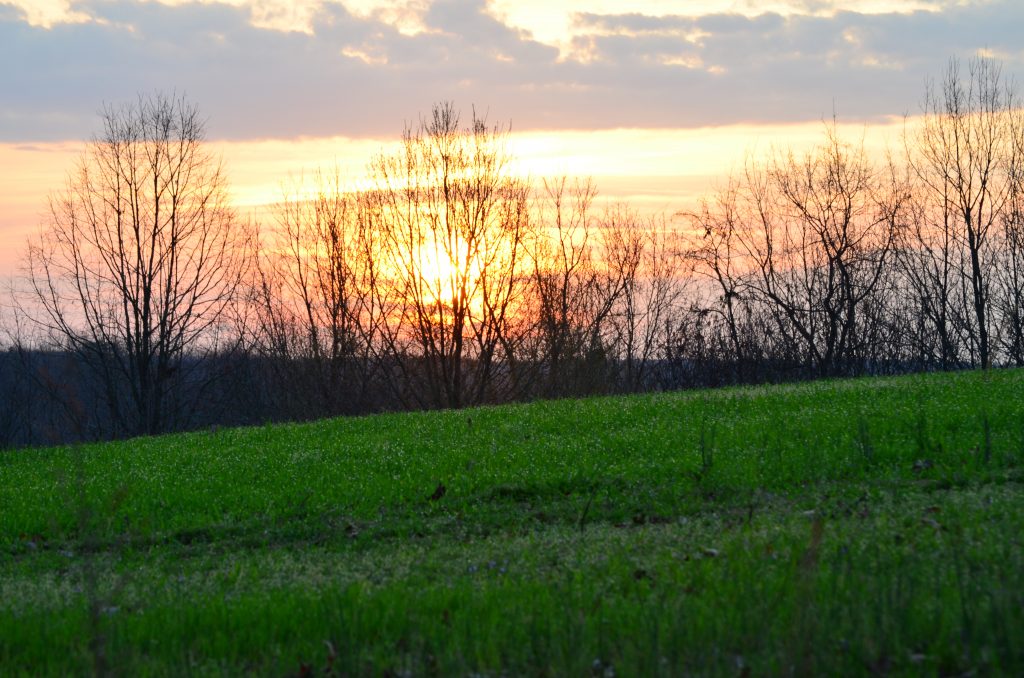Poor Fall Food Plots for Deer Doesn’t Necessarily Mean Failure
The fall of 2016 was a tough one for food plots for deer in Alabama. Many people actually had decent rainfall in the months of July and August. However, September through almost Thanksgiving was a really dry stretch for most of the state.
Needless to say, most food plots for deer didn’t even germinate until well into December. With the mild winter, some people have pretty good looking plots even though they got a really late start. I expect a lot of people who planted perennials like clover or chicory didn’t see much from them this fall. However, they should be pleasantly surprised this spring.
One of the first food plots for deer I ever planted was a perennial blend of clovers. I planted it in the fall in the South. I guess I expected a big lush plot of clover to pop out of the ground in a couple weeks. Mostly just hoping to be hunting over it shortly thereafter. That is how it works, right? I disked the ground until it was super smooth, fertilized heavily, had a good pH, and so I waited. After a couple of good rains, I saw tiny seeds begin to make their emergence.
However, after a flush of ryegrass that had probably been planted in the plot for numerous years prior, it didn’t seem that the clover ever did a whole lot more than just germinate, make a little green carpet a quarter inch or so high over the plot and that was it. I saw plenty of deer on that plot that season. Killing some does over it eased my disappointment. Nonetheless, I was puzzled over where I had gone wrong with the clover.
To say that I was a little surprised when I returned to that plot the following spring is an understatement. I had a lush, thick stand of beautiful clover. This was the field I was expecting when I planted it the previous fall. So what did I do wrong? Nothing. As the old saying goes “if I only knew then what I know now.”

North vs. South
I have heard this same story so many times. All from people in the Midwest all the way down to the Deep South. In this article, we will look at some of the things you can expect when planting late summer or fall perennials. Specifically, in years like 2016 with a really dry fall.
This will mostly apply to those who plant in the transitional and southern planting zones. People in the North will be planting their perennials in the spring and early summer. They won’t have the same timetable as those with a late summer or fall planting time.
Why the different planting times you ask? Hard freezes quickly meet fall-planted perennials in the North. Because of this, they do not have time to develop a root system strong enough to come back from a harsh winter. Also, being covered with snow for a couple months doesn’t help either.
“In the South, and some of the transitional planting zones, spring and summer planted perennials are often failures because of the lack of moisture.”
In the South and some of the transitional planting zones, spring and summer planted perennials are often failures because of the lack of moisture. Severe heat cripples the young plants before they ever develop a root system. If weather conditions are just right you may do ok with a spring planting of perennials in the South. However, you must understand it’s a tough gamble and I like to save people the chance of failure. Basically, it is the opposite problem facing people who plant in the North and upper Midwest.
Patience
We have a saying that goes “perennials sleep and then they leap”. In order for a plant such as clover, chicory, or alfalfa to live up to its name and be a true perennial, it has to first grow and establish a root system. This system has to sustain the plant through stressful periods and allow it to be viable for numerous growing seasons. I have talked to countless customers who planted a perennial blend in the fall and are disappointed with what their plot looks like a month or so later. Be patient” I say.
In most places where there is even a moderate deer density, you will not see a fall planted perennial get more than three to four inches high. Even though there is not as much forage above ground, in newly planted perennial fields as opposed to an annual plot, the growth that is there is extremely attractive.
This is another reason many food plotters never see their new perennial plots get above lip high that first growing season. Only in very large plots or areas of very low deer density will you see a first season, fall planted perennial get a significant amount of above ground growth before Old Man Winter comes along and slows the growing cycle down.
Clover or other perennials are great food plots for deer to put a utilization cage in so you can really see how much browse pressure may be taking place on these new perennial plots. When I am planning what I want to plant where every fall planting season, I am actually looking a year down the road for my perennials. I don’t count on my new perennial fields as being one of my number one hunting plots or a finished plot until the following spring when they begin to emerge from a winter of root building.




